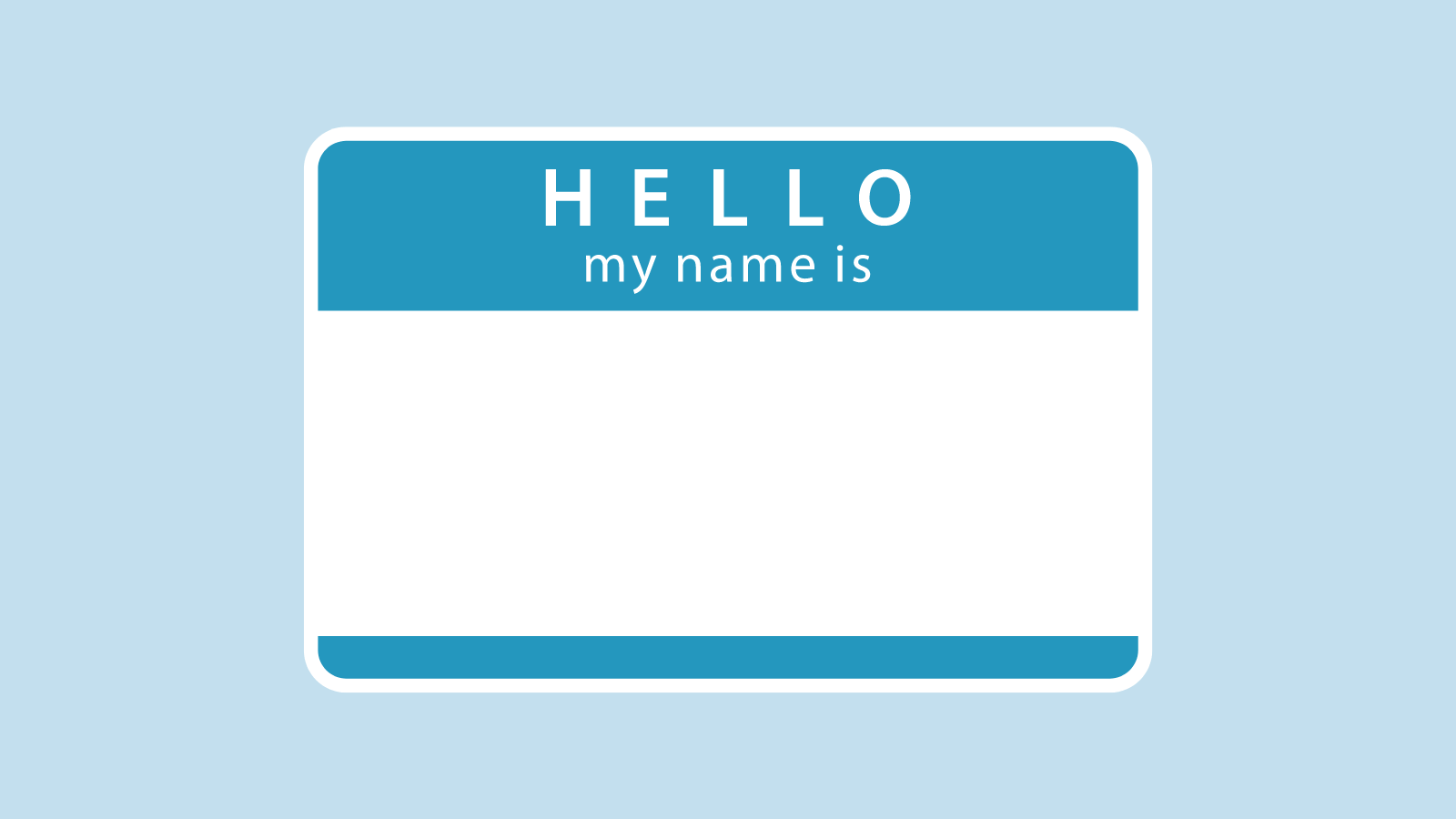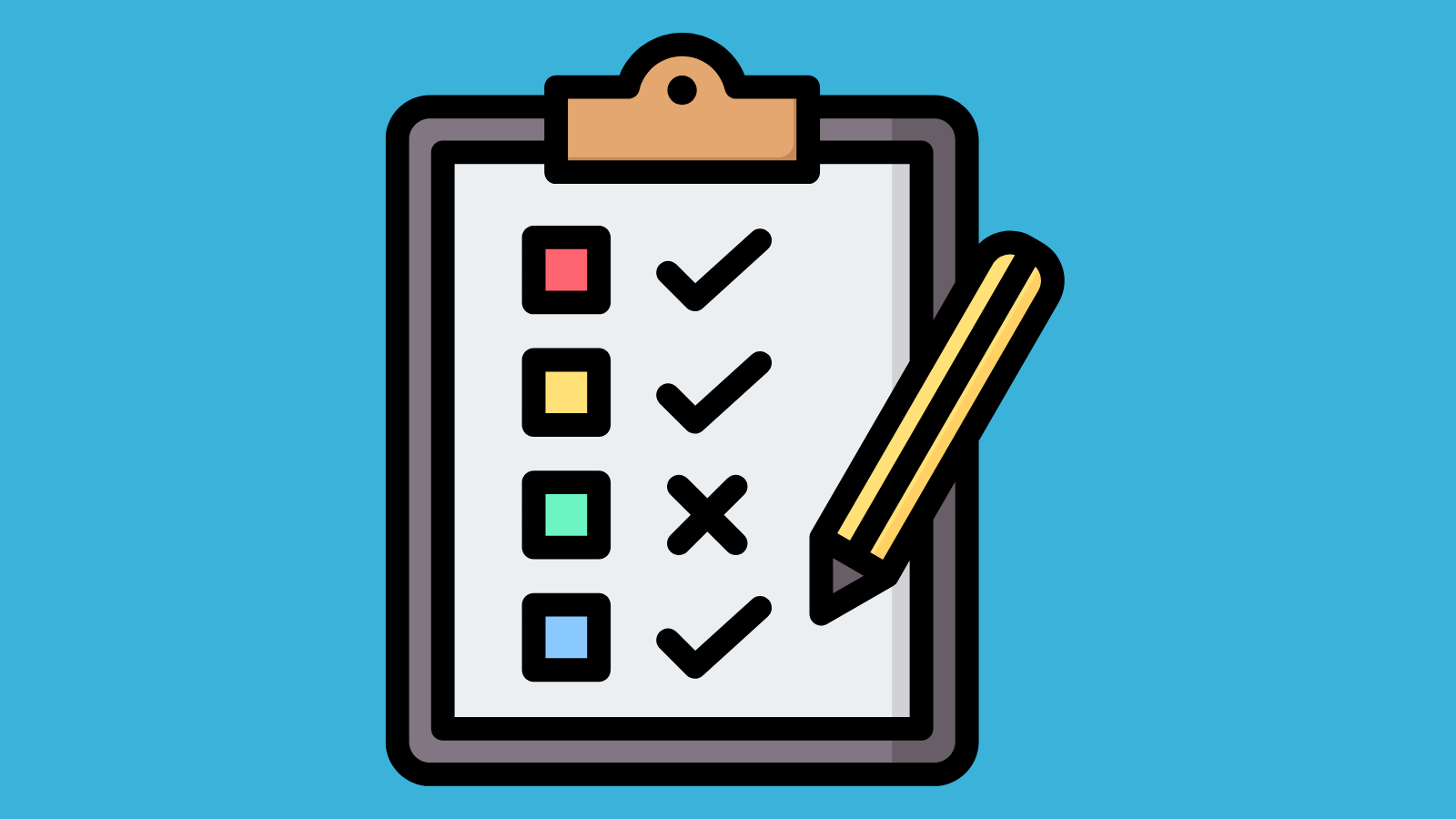What’s in a name? Well, everything! How do you find the perfect product name? Follow these tips.
What are Product Names
Product names represent the services and goods your company sells. They are separate from the brand name. For instance, Apple is the brand name, iPad, iPhone, and iPod are the product names. Your business name is a whole different can of worms.

Why Are Product Names Important?
Brand Potential
Your product naming strategy isn’t an island. Your product titles should be consistent with your brand image so they can lead to improved brand recognition.
Market Appeal
A product name that appeals to your target audience has greater sales potential.
Visibility
The right name can help your product stand out from the crowd.
Scalability
If your product is part of a product line, the name should reflect that.

5 steps to Name Your New Product
1. Define the Purpose of Your Product
Before you start brainstorming names, think about the purpose of your product. This will help you define what you want its name to convey. Write down the answers to these questions:
- Who’s the target audience for your product?
- What problem does your product solve?
- What does your product offer that your competition’s product doesn’t?
- How can this strength be included in your product name and messaging?
- How does this product connect with the other products you sell?
2. Research Competitor Product Names
When it comes to choosing a great name, the standards of your industry matter. If you get too far off track, potential customers might not be able to tell what it is. Your research notes should include:
- Who your competitors are
- What similar products they offer
- The names of these similar products

Here are a few naming conventions that some companies use and examples. Do your competitors use them or something else?
|
Abstract Names |
Starbucks, Google |
|
Suggestive Names |
Grubhub, Netflix |
|
Descriptive Names |
Whole Foods, Chapstick, Post-Its, Band Aid |
|
Real Word Names |
Amazon, Air Jordan, Magic Eraser |
|
Compound Names |
JetBlue, Microsoft, Pinterest, Nyquil |
|
Coined Names |
Kleenex, Doritos, Sharpie |
3. Start Brainstorming Product Names
Now it’s time to brainstorm! In this stage of the process, try to come up with as many different names as possible and don’t worry about how good they are. You can always eliminate them or improve upon them later. And don’t be afraid to get weird. A weird name might be the one that sticks the best. If you’re stuck, get inspiration from a name generator.

4. Evaluate Your Name Ideas
Once you’ve got a list of potential names, now’s the time to narrow it down. On the first pass, choose which ones to keep based on the minimum viable name framework:
- Emotional
- Functional
- Features
- Benefits
Then, sort them by the following factors:
- Persuasiveness
- Memorability
- Distinctiveness
- Relevance
- Emotionality
- Scalability
- Trademark Status
- SEO Potential

5. Test Your New Product Name
Have you come up with some great names that are fitting for our brand and seem safe to use? Then it’s time to test them out.
Internal Tests
The first internal check is to ask employees in your company what they think of the product name. What associations does it bring up? Do they think it fits the brand identity?
Next, run it by the sales, marketing, and design employees. After all, they’re the ones who will have to make the name work and promote the product.
External Tests
Once the name gets the go-ahead from your colleagues, run some market research to see how your target market reacts to it. Ask them these questions:
- Do they get what the product is?
- What do they associate the name with?
- Is it easy for them to remember?
- What emotions do they have around the name?

Product Naming Best Practices
Make it memorable
It will be hard to bring potential customers through the buyer’s journey if they can’t remember the name of your product. While you’re working on making your product names memorable, make sure they’re easy to pronounce and easy to spell so they will stick in customer’s minds.
.png?width=1600&name=Graphics%20of%20an%20index%20finger%20with%20a%20string%20tied%20around%20(1).png)
Give it meaning
Even names that come from made-up words should have a backstory and significance. Not only does this make it easy for your customers to remember, but it makes the product part of your brand story.

Make it stand out
A unique name is a branding asset. Here are a few suggestions for putting a spin on your product name.
- Play with synonyms
- Combine two words into a portmanteau
- Change the spelling
- Add a suffix or prefix

Keep International Audiences in Mind
If you have international customers, be sure to think about how a name will resonate in different languages and cultures.

How Sav Can Help
Great product names need a great website to show them off and a custom domain name that matches your business. Check out our affordable, user-friendly website builder today!
Newsletter
Popular
Top Articles
Recommended articles
How to Make a Media Kit
What is a Media Kit? A media kit, also known as a press kit, is a document that businesses give to journalists and media outlets before an...
Read moreWhat is Brand Voice? [And How to Create One]
What is Brand Voice? A brand voice is the unique personality a brand takes on in all of its communication channels. And it’s not just about...
Read moreA Beginner's Guide to the Product Development Process
What is Product Development? Product development is the process of creating a new product or updating an existing product from idea to...
Read more




